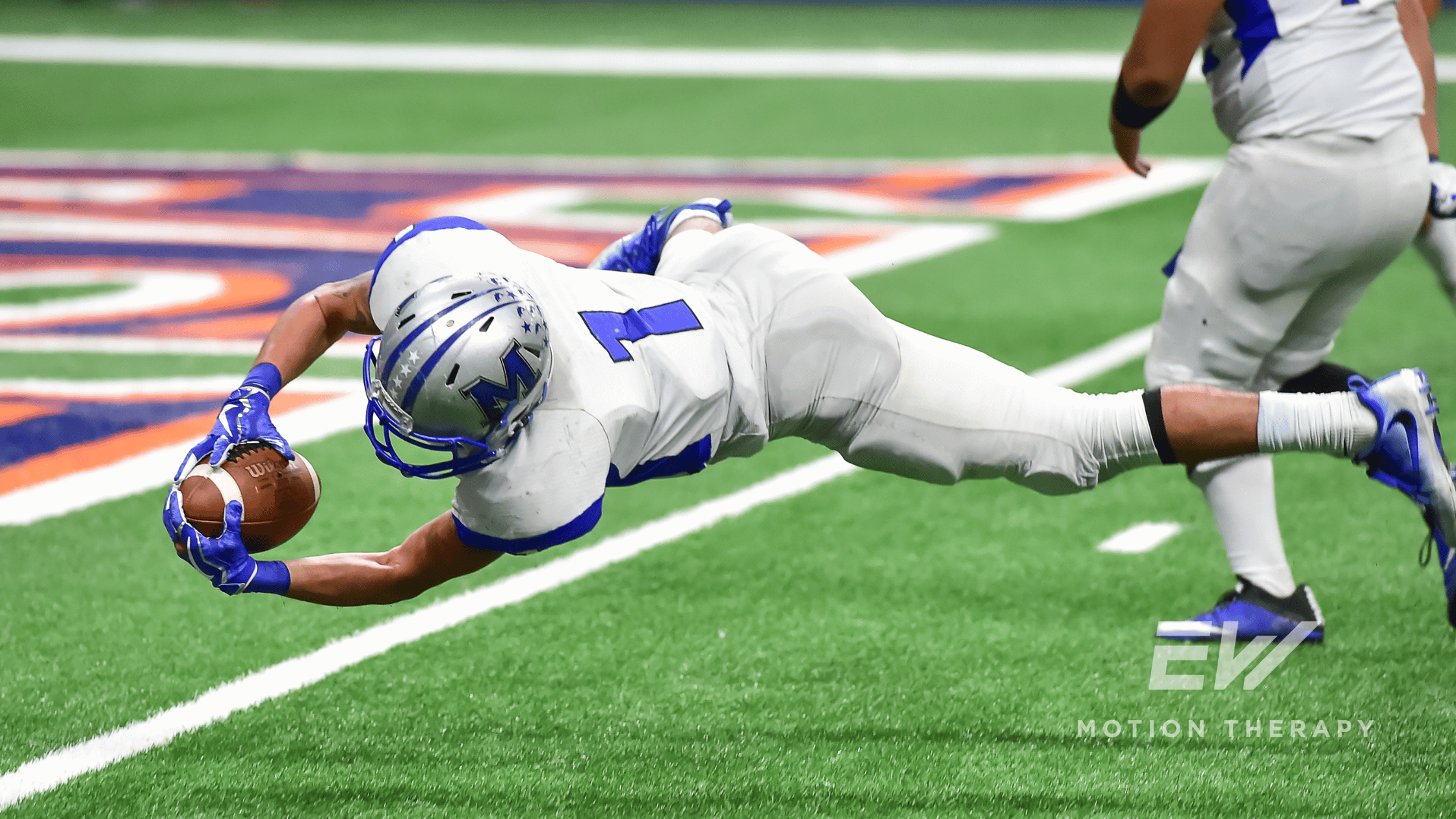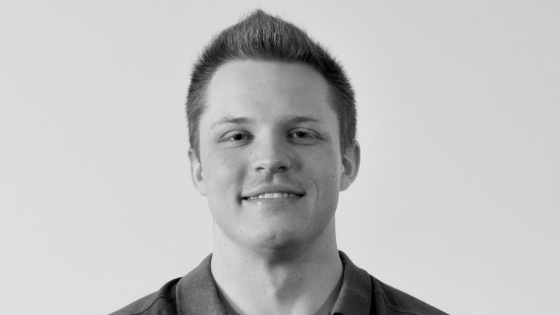Turf Toe in Football Players: Causes and Recovery with Physical Therapy

Motion Specialist // EW Motion Therapy Homewood
Turf toe is a term that resonates with athletes, particularly those in high-impact sports like football. This seemingly minor injury can significantly impact performance and lead to extended periods of downtime if not properly managed. This article delves into the causes of turf toe, its prevalence among football players, the recovery process, and how physical therapy plays a crucial role in rehabilitation.
What causes turf toe?
Turf toe is a sprain of the ligaments around the big toe joint. It typically occurs when the big toe is forcibly bent upwards, such as pushing off into a sprint or tackling. This hyperextension can stretch or tear the ligaments and joint capsule, leading to pain, swelling, and limited joint movement.
Several factors contribute to the development of turf toe:
- Playing surface: The term "turf toe" originates from its association with artificial turf surfaces. These surfaces offer less give than natural grass, increasing the likelihood of hyperextension injuries.
- Footwear: Athletic shoes with flexible soles can exacerbate the risk as they do not provide sufficient support to the toe during rapid movements.
- Sudden movements: Explosive activities, sudden direction changes, and stops inherent in sports like football put significant stress on the toe joint.
Why turf toe is common among football players
Due to the nature of the sport, football players are particularly prone to turf toe. The constant need for quick starts, stops, and changes in direction puts immense pressure on the feet. Additionally, the playing surfaces and footwear often used in football can further increase the risk.
- Playing surface: Modern football is often played on artificial turf, which can be less forgiving than natural grass. The more rigid surface leads to greater impact forces on the joints, contributing to a higher incidence of turf toe.
- Footwear: Football cleats are designed for traction but can lack forefoot support, increasing vulnerability to hyperextension injuries.
- Activity intensity: Football’s high-impact, high-intensity nature means that players frequently encounter situations in which the big toe is at risk of being overstretched.
The recovery process for turf toe
Recovery from turf toe varies depending on the severity of the injury, classified into three grades:
- Grade 1: Mild injury with minimal swelling and pain. Recovery typically involves rest, ice, compression, and elevation (RICE), with a return to activity within a few days to a week.
- Grade 2: Moderate injury with partial tearing of the ligaments. Treatment includes immobilization, physical therapy, and possibly using a walking boot. Recovery can take several weeks.
- Grade 3: Severe injury with complete tearing of the ligaments and significant joint damage. This may require immobilization for an extended period or even surgical intervention. Recovery can take several months.
How physical therapy can help with recovery
Physical therapy is a cornerstone in the recovery from turf toe, offering a structured approach to regaining strength, flexibility, and function. Here's how physical therapy aids in recovery:
Initial stage: reducing pain and inflammation
- Rest and immobilization: Therapists recommend limiting movement to allow the ligaments to heal. This might involve using a walking boot or crutches.
- Cryotherapy: Applying ice to reduce swelling and pain.
- Manual therapy: Gentle mobilization techniques to maintain joint health and prevent stiffness.
Intermediate stage: restoring range of motion
- Passive range of motion exercises: Therapists guide the joint through its range of motion to prevent stiffness.
- Active range of motion exercises: Patients perform movements to enhance flexibility and joint function.
Advanced stage: strengthening and conditioning
- Strengthening exercises: Focused on the muscles around the foot and ankle to provide better support and stability. Examples include toe curls, resistance band exercises, and calf raises.
- Balance and proprioception: Exercises such as single-leg stands or balance board activities help improve coordination and prevent future injuries.
- Sport-specific drills: Gradually reintroducing movements that mimic the athlete's sport to ensure they are ready to return to play.
Turf toe, though often seen as a minor injury, can have significant repercussions for athletes, especially football players. Understanding its causes and the recovery process is crucial for effective management. Physical therapy plays a vital role in this process, offering targeted interventions to reduce pain, restore function, and prevent future injuries. At EW Motion Therapy, we aim to help athletes return to their sport stronger and more resilient. If you or someone you know is dealing with turf toe, contact us for expert care and support from one of our physical therapists or personal trainers. To learn more about which of our programs is right for you, you can click the button below to answer the questions in our program match tool.


